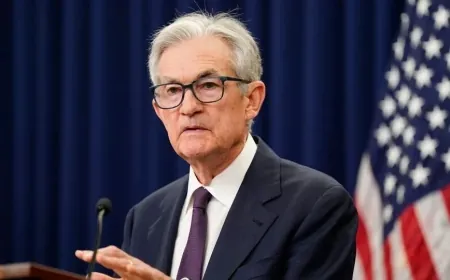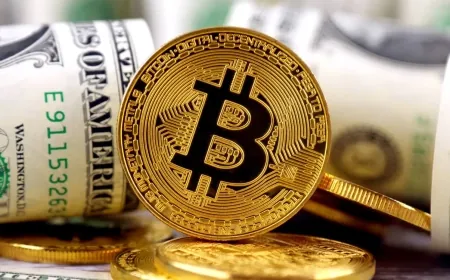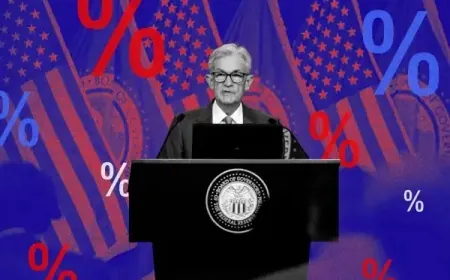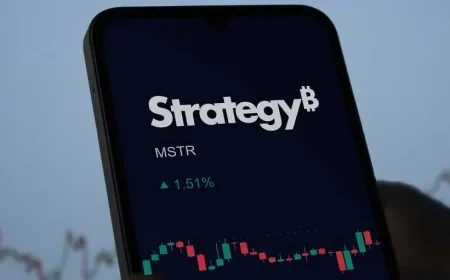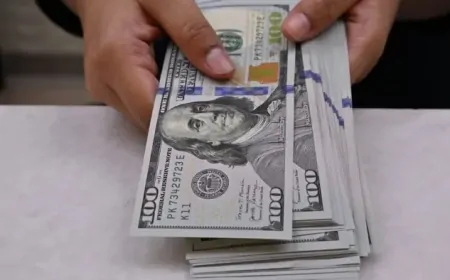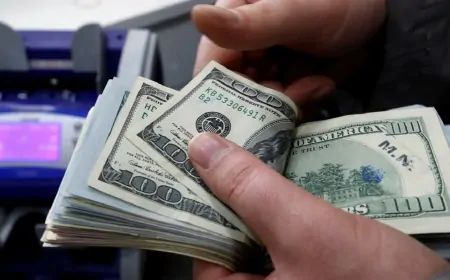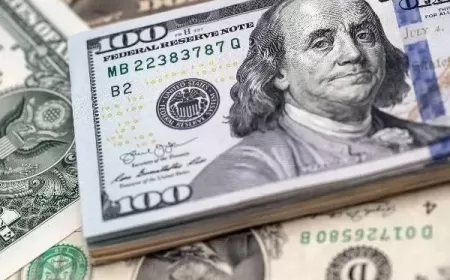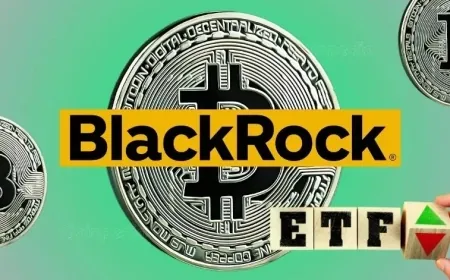Bitcoin to $1 Million by 2029? Why U.S. Crypto Analysts Say It’s Closer Than You Think
Bitcoin is nearing $100K—but top crypto experts now believe $1 million per coin is possible by 2029. Here’s what’s driving the prediction and what it means for U.S. investors.

Bitcoin isn’t trying to become something new. It’s just doing what it was designed to do—become more scarce over time. And according to a growing number of crypto researchers and institutional voices, that simple fact could send Bitcoin’s price to $1 million by 2029.
The latest to voice this prediction is Andre Dragosch, Head of European Research at Bitwise Asset Management. He’s joined by others in the crypto space who believe the combination of shrinking supply and increasing long-term demand is enough to push Bitcoin into seven-digit territory over the next few years.
Bitcoin Supply Is Shrinking—Fast
Bitcoin’s design limits its total supply to 21 million coins. As of May 2025, more than 94% of that total has already been mined. And with the April 2024 halving now complete, only 450 new coins are being added daily.
But it’s not just about how many coins exist—it’s about how many are actually available. An estimated 20% of all Bitcoin is lost forever due to forgotten passwords or inaccessible wallets. And large portions of what remains are now in the hands of institutions like ETFs, company treasuries, and long-term holders who aren't selling anytime soon.
What’s left is a limited, thinning float—the number of coins actually trading hands. In financial markets, it’s this float, not total supply, that sets the price. If you want to buy but no one’s selling, the only way to get a deal done is by offering a higher price. That’s exactly what continues to happen with Bitcoin.
Long-Term Holders Are Shaping the Market
More and more, Bitcoin is being treated like digital gold. It's not just retail investors holding onto it. Institutional players are moving it into cold storage and treating it as a long-term store of value rather than a speculative trade.
That changes the game. As float decreases and ownership consolidates among patient investors, the upward pressure on Bitcoin’s price grows. And even modest increases in demand could push prices much higher.
This isn’t a new theory—but it’s gaining traction as Bitcoin proves itself through each halving cycle. The next one is due in 2028, and it will cut the new supply in half again, just like clockwork.
Can Bitcoin Realistically Hit $1 Million?
There’s no shortage of skepticism around bold price targets like $1 million. Some critics argue that such predictions are more about publicity than data. But even cautious analysts agree that the general direction is upward, especially with structural supply constraints and growing institutional demand.
It’s not that Bitcoin needs perfect conditions to hit $1 million. It just needs to avoid major disruptions—like a harsh regulatory crackdown or a global liquidity crunch. As long as adoption continues and supply keeps tightening, the long-term case stays strong.
Investing with the Right Mindset
Anyone buying Bitcoin today should think beyond short-term gains. It’s not about whether it will hit $1 million exactly—it’s about whether it’s likely to be worth more five or ten years from now.
Timing the market is nearly impossible, but holding through cycles of growth and scarcity has so far rewarded those with patience. Whether it takes five years or more, the conditions leading to higher prices are already in place.
Bitcoin may still be volatile, but its path is becoming clearer. With each halving, its supply tightens. With each wave of adoption, its demand rises. If you’re investing with a long-term lens, the idea of Bitcoin reaching $1 million doesn’t sound far-fetched—it sounds like the logical result of limited supply meeting sustained demand.
Also Read: How to Pay Off Student Loans Using Crypto in 2025 with DeFi and Payment Apps


